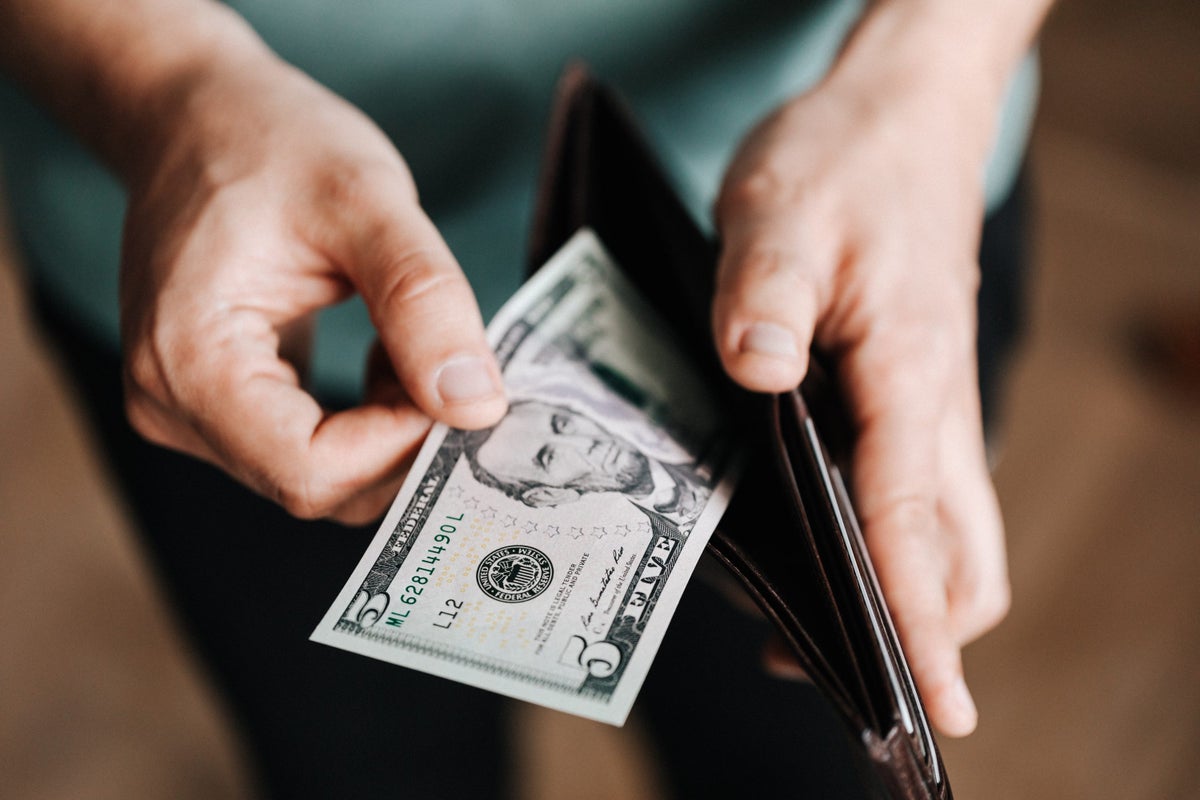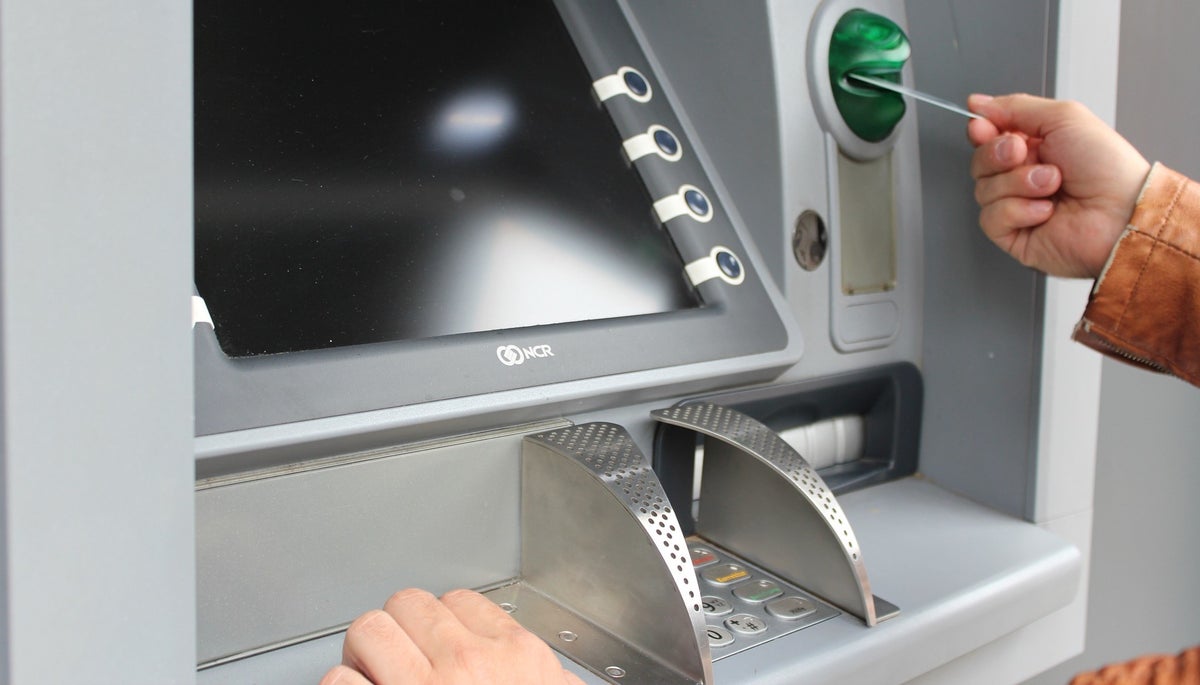Christy Rodriguez
Christy Rodriguez
Former Travel and Finance Content Contributor
86 Published Articles
Countries Visited: 36U.S. States Visited: 31
After having “non-rev” privileges with Southwest Airlines, Christy dove into the world of points and miles so she could continue traveling for free. Her other passion is personal finance, and is a cer...
Edited by: Michael Y. Park
Michael Y. Park
Senior Editor and Content Contributor
60 Published Articles 1479 Edited Articles
Countries Visited: 60+U.S. States Visited: 50
Michael Y. Park is a journalist living in New York City. He’s traveled through Afghanistan disguised as a Hazara Shi’ite, slept with polar bears on the Canadian tundra, picnicked with the king and que...
& Keri Stooksbury
Keri Stooksbury
Editor-in-Chief
112 Published Articles 3838 Edited Articles
Countries Visited: 54U.S. States Visited: 28
Editing with Upgraded Points for over 6 years, as editor-in-chief, Keri manages the editorial calendar and oversees the efforts of the editing team and over 20 content contributors, reviewing thousand...



![CareCredit® Credit Card — Review [2024]](https://upgradedpoints.com/wp-content/uploads/2020/05/Synchrony-CareCredit-Card.png?auto=webp&disable=upscale&width=1200)
![Aeroplan Credit Card – Full Review [2025]](https://upgradedpoints.com/wp-content/uploads/2021/12/Chase-Aeroplan-Card-Image.png?auto=webp&disable=upscale&width=1200)
![Venmo Credit Card – Full Review [2025]](https://upgradedpoints.com/wp-content/uploads/2021/10/Venmo-Credit-Card-green.jpg?auto=webp&disable=upscale&width=1200)
![NASCAR® American Express® Card – Review [2025]](https://upgradedpoints.com/wp-content/uploads/2024/09/nascar-amex.png?auto=webp&disable=upscale&width=1200)